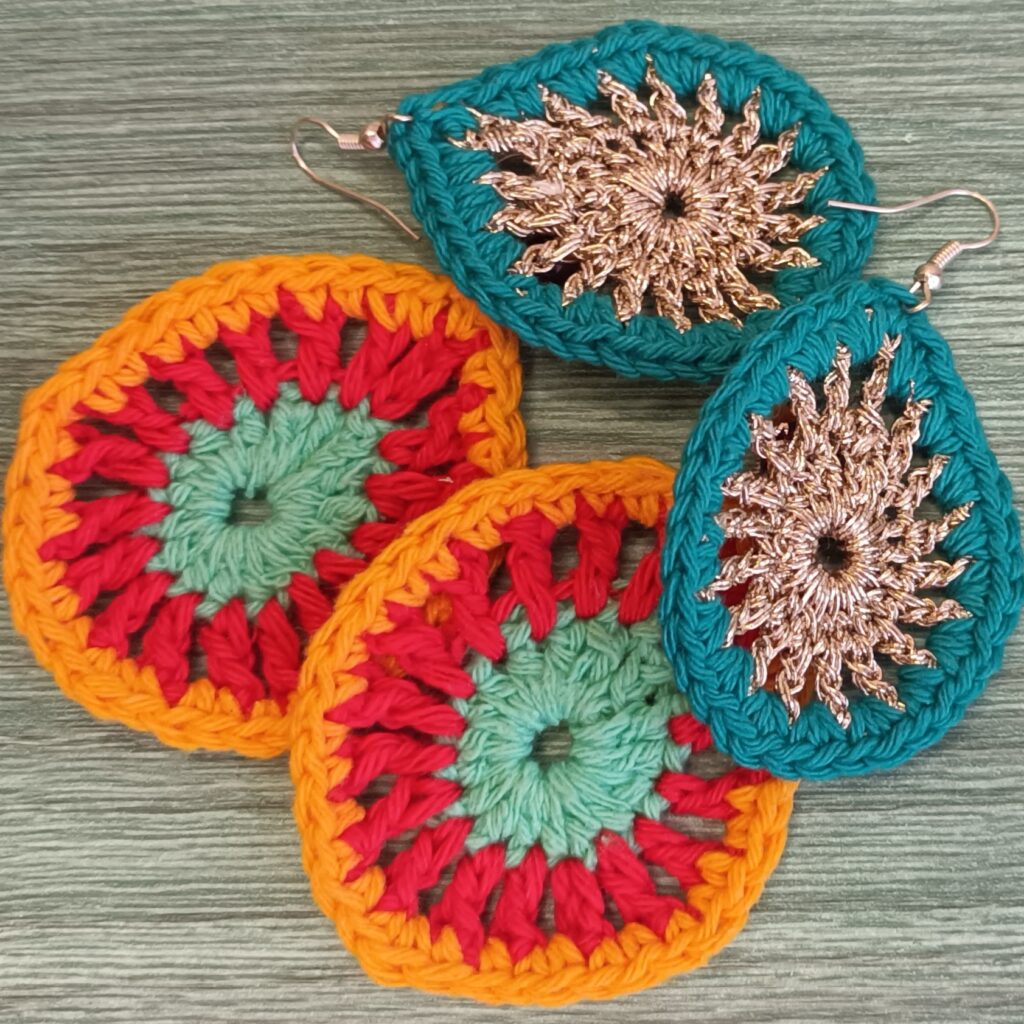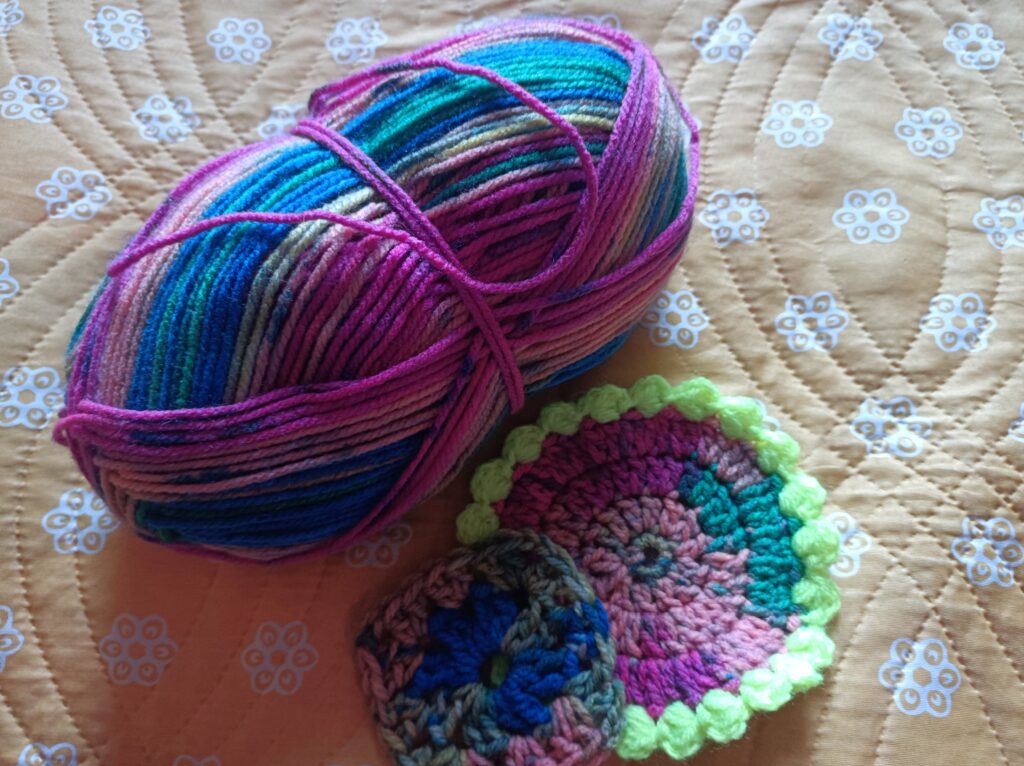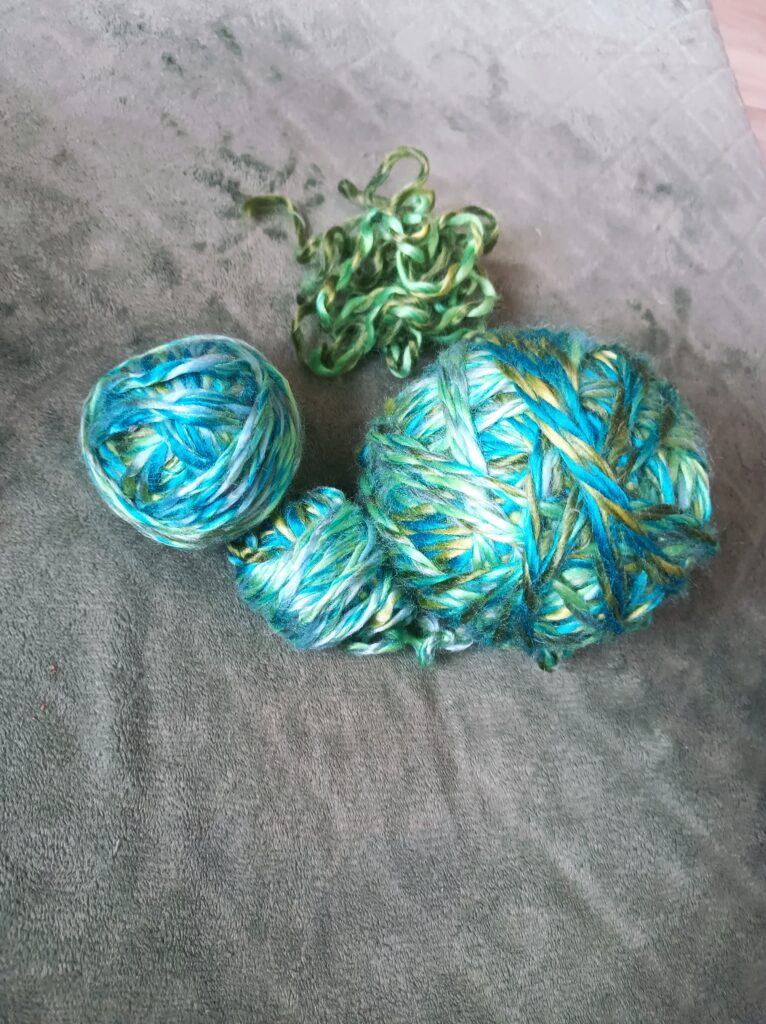Yarn substitution is a fundamental skill for knitters and crocheters, allowing them to adapt patterns to fit their needs, preferences, and available materials. Whether you’reunable to findthe recommended yarn, looking to use somethingfrom your stash, or seeking a different texture or color, knowing how to substitute yarn can save you time, money, and frustration.
This guide will walk you through everything you need to know about substituting yarn, from understanding yarn basics to practical steps, tools, andtips for successful substitutions.

Understanding Yarn Basics
What is Yarn?
Yarn is the fundamental building block of knitting and crocheting. It’s a long continuous length of interlocked fibers, typically used to create textiles, garments, and other fabric-based items. Understanding yarn is crucial to making successful substitutions.
Definition and Components of Yarn :
Yarn is composed of fibers that are spun together to form a continuous strand. The fibers can be natural (such as wool, cotton, silk) or synthetic (like acrylic, nylon, polyester). Blended yarns combine different fibers to achieve specific qualities.

Common Types of Yarn Fibers:
- Wool : Warm, elastic, and resilient, often used for garments and accessories.
- Cotton : Soft, breathable, and durable, ideal for summer wear and home décor.
- Acrylic : Affordable, versatile, and easy to care for, popular for all types of projects.
- Blends : Combine the best properties of multiple fibers to enhance performance.
Yarn weight refers to the thickness of the yarn strand and is categorized into different types:
| LACE | Very fine, used for delicate projects like shawls. |
| FINGERING | Slightly thicker, great for socks and lightweight garments. |
| WORSTED | Medium thickness, versatile for a wide range of projects. |
| BULKY | Thick, quick to work with, perfect for cozy items like blankets and scarves. |
Why Substitute Yarn?
Substituting yarn can be necessary or desirable for several reasons:
- Availability Issues: Sometimes the recommended yarn is discontinued or not available locally.
- Cost Considerations: Budget-friendly alternatives can make a project more affordable.
- Personal Preferences: Allergies, texture preferences, and color choices might lead to choosing a different yarn.
- Project Requirements: Customizing a project to better suit the intended use or recipient.
Steps to Substitute Yarn
Step 1: Identify the Original Yarn
Before you can substitute yarn, you need to understand the characteristics of the yarn specified in your pattern:
- Analyzing the Yarn Label: Yarn labels contain essential information such as weight, fiber content, yardage, gauge, and care instructions.
- Important Details:
- Weight: Ensures the yarn thickness matches.
- Fiber Content: Affects texture, drape, and durability.
- Yardage: Ensures you have enough yarn to complete the project.
- Gauge: Ensures the finished piece matches the pattern dimensions.
Step 2: Find a Comparable Yarn
Once you know the original yarn’s characteristics, look for a substitute that matches as closely as possible:
- Matching Yarn Weight: Ensure the new yarn is the same weight category (e.g., worsted, bulky).
- Fiber Content Considerations: Try to find a yarn with similar fibers to maintain the texture and drape.
- Yardage and Meterage Equivalence: Calculate the total yardage needed and ensure the substitute provides enough.
- Gauge and Tension Matching: Compare the gauge information on the yarn label and adjust if necessary.
Step 3: Swatching and Testing
Creating a gauge swatch is crucial to confirm that your substitute yarn will work for the pattern:
- Importance of Creating a Gauge Swatch: Ensures that your project will turn out the correct size.
- Adjusting Needle/Hook Size if Necessary: Sometimes, changing the needle or hook size can help achieve the correct gauge.
- Evaluating Drape, Texture, and Overall Appearance: Make sure the substitute yarn produces a fabric that meets your expectations for the project.

Tools and Resources for Yarn Substitution
Online Yarn Substitution Tools
- YarnSub: A comprehensive database that helps you find yarn substitutes based on various criteria.
- Ravelry Database: A community-driven resource with extensive yarn and pattern information.
- Manufacturer Websites: Often provide suggestions for comparable yarns and detailed product information.
Yarn Comparison Charts
- Yarn Weight Comparison: Charts that compare different yarn weights to help you find equivalent options.
- Fiber Characteristic Comparison: Helps you understand how different fibers will behave in your project.
Yarn Stores and Experts
- Consulting with Local Yarn Shops: Staff at local yarn shops can provide valuable insights and recommendations.
- Seeking Advice from Experienced Knitters/Crocheters: Community forums, knitting groups, and online communities are great places to get advice.
Common Yarn Substitution Challenges and Solutions
Dealing with Gauge Differences
- Adjusting Pattern Dimensions: Modify the pattern to account for differences in gauge.
- Using Different Needle/Hook Sizes: Changing the size of your needles or hook can help achieve the correct gauge.
Texture and Drape Variations
- Understanding How Different Fibers Behave: Different fibers can affect the final fabric’s feel and flow.
- Adjusting Project Expectations: Be flexible and adjust your expectations to the characteristics of the substitute yarn.
Color Matching and Dye Lots
- Finding the Right Color: It can be challenging to match colors exactly, so consider coordinating shades.
- Managing Dye Lot Inconsistencies: Buy enough yarn from the same dye lot to avoid noticeable color variations in your finished project. If necessary, alternate skeins every few rows to blend the colors.

Real-Life Yarn Substitution Examples
Case Study: Substituting Yarn in a Sweater Pattern
- Original yarn: Wool blend, worsted weight
- Substitute yarn: Cotton blend, worsted weight
- Challenges faced: Adjusting for cotton’s lack of elasticity compared to wool
- Solutions: Choosing a pattern with less negative ease, using a larger needle size for a looser fit
Case Study: Yarn Substitution for Amigurumi Projects
- Original yarn: Acrylic, DK weight
- Substitute yarn: Bamboo blend, DK weight
- Challenges faced: Differences in sheen and drape
- Solutions: Testing swatches for firmness, considering stuffing techniques to maintain shape
Success Stories and Lessons Learned
Quotes from Experienced Knitters/Crocheters
“Substituting yarn can be intimidating at first, but with a bit of patience and experimentation, it opens up so many creative possibilities.” – Noa V, avid crocheter
“I always make a small swatch before committing to a substitute yarn. It saves a lot of frustration down the road.” – Daisy R.

Mistakes to Avoid
- Neglecting to check gauge: Always swatch to ensure the substitute yarn will work.
- Ignoring fiber content: Different fibers behave differently, which can impact the finished project.
- Underestimating yardage: Make sure you have enough yarn to complete your project.
Expert Tips and Best Practices
Tips from Professional Knitters/Crocheters
How Professionals Approach Yarn Substitution
- Research and compare multiple options before choosing a substitute.
- Prioritize similar fiber content and yarn weight for best results.
- Keep an open mind and be ready to make adjustments as needed.
- Professionals often recommend brands known for their consistent quality and wide range of options, such as Malabrigo, Cascade Yarns, and Lion Brand.

Best Practices for Beginners
Starting Small with Substitutions
- Begin with smaller projects like scarves or hats to build confidence.
- Keep detailed notes on what works and what doesn’t for future reference.
Keeping Detailed Notes for Future Reference
- Record the original yarn details, the substitute yarn used, any adjustments made, and the final outcome.
Conclusion
Substituting yarn is a valuable skill that can enhance your knitting andcrocheting projects. By understanding the basicsof yarn, identifying key characteristics of the original yarnfinding a comparable substituteand thoroughly testing your choice, you can achieve excellent results.
Experiment and Enjoy the Creative Process !

Links to Helpful Articles, Tutorials, and Tools
External Links and Resources
Authoritative Crochet Websites
- Crochet Guild of America
- Love4omore
Authoritative Crochet Websites
Other Relevant External Websites
